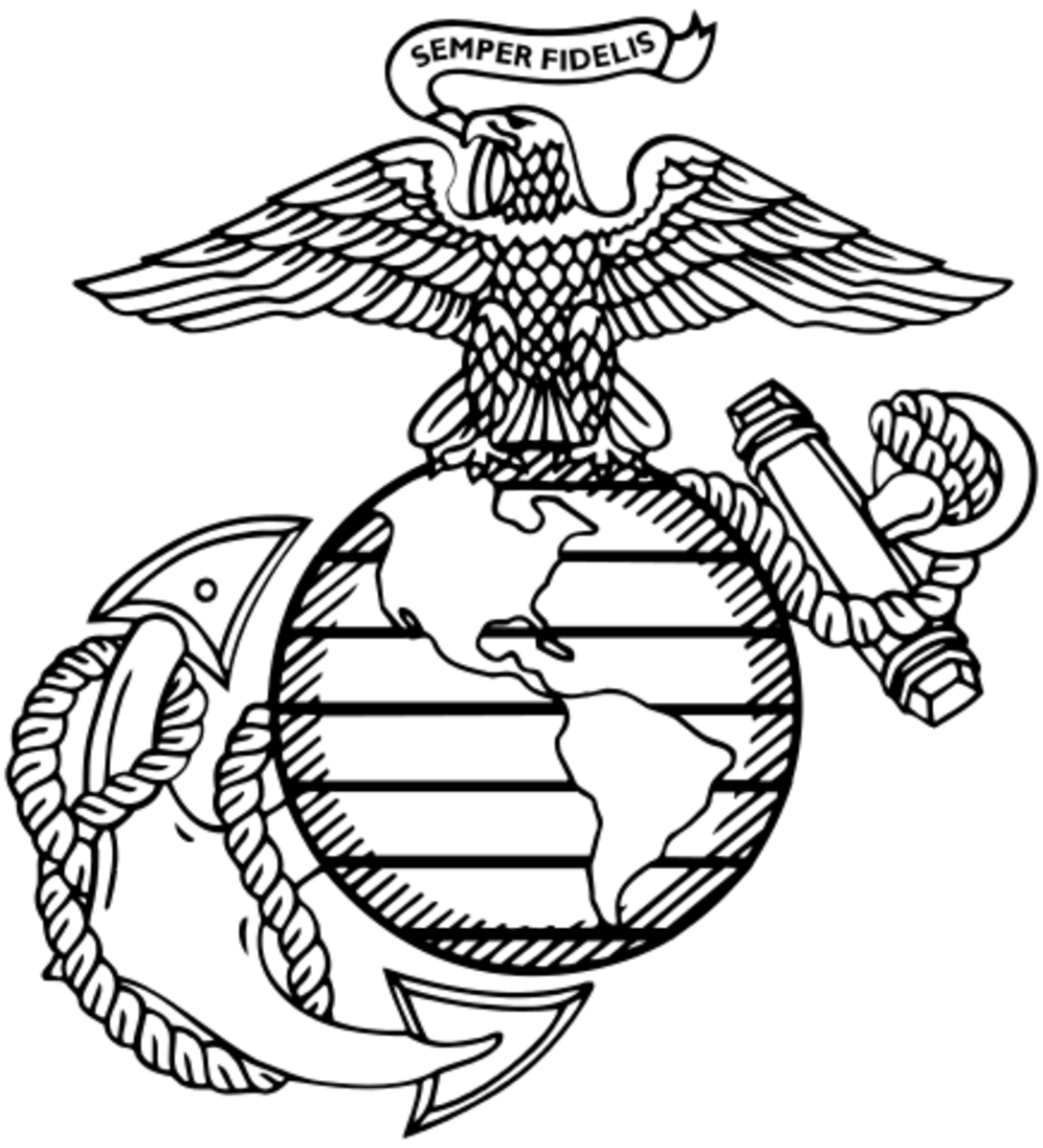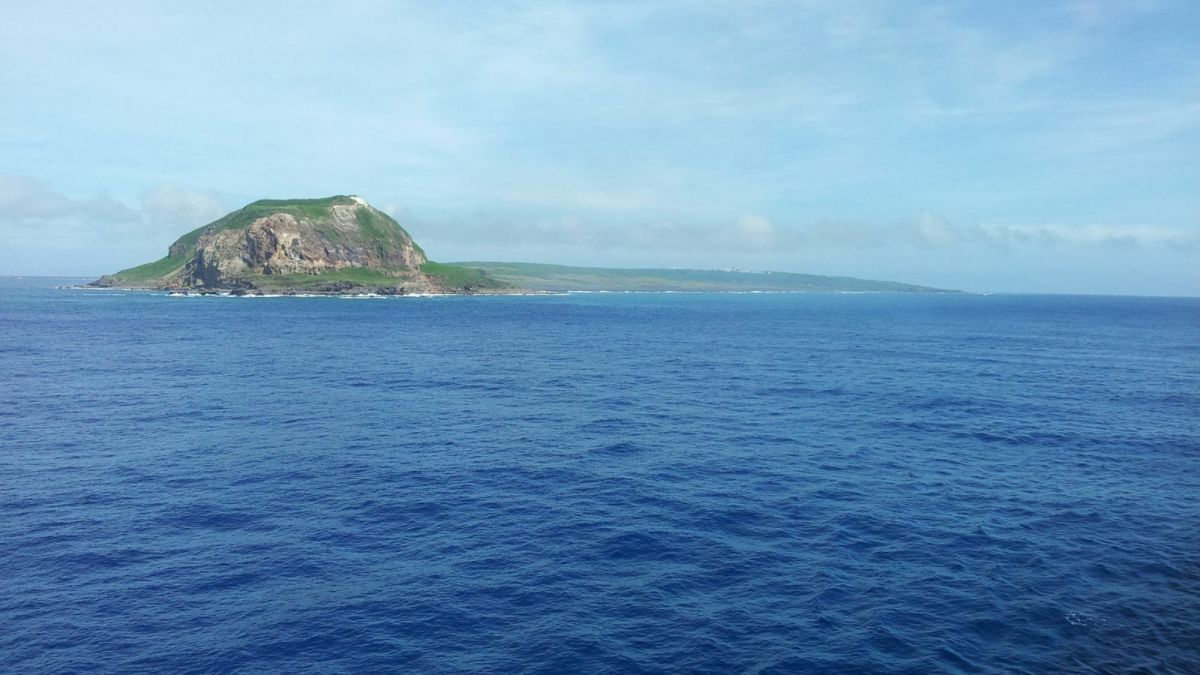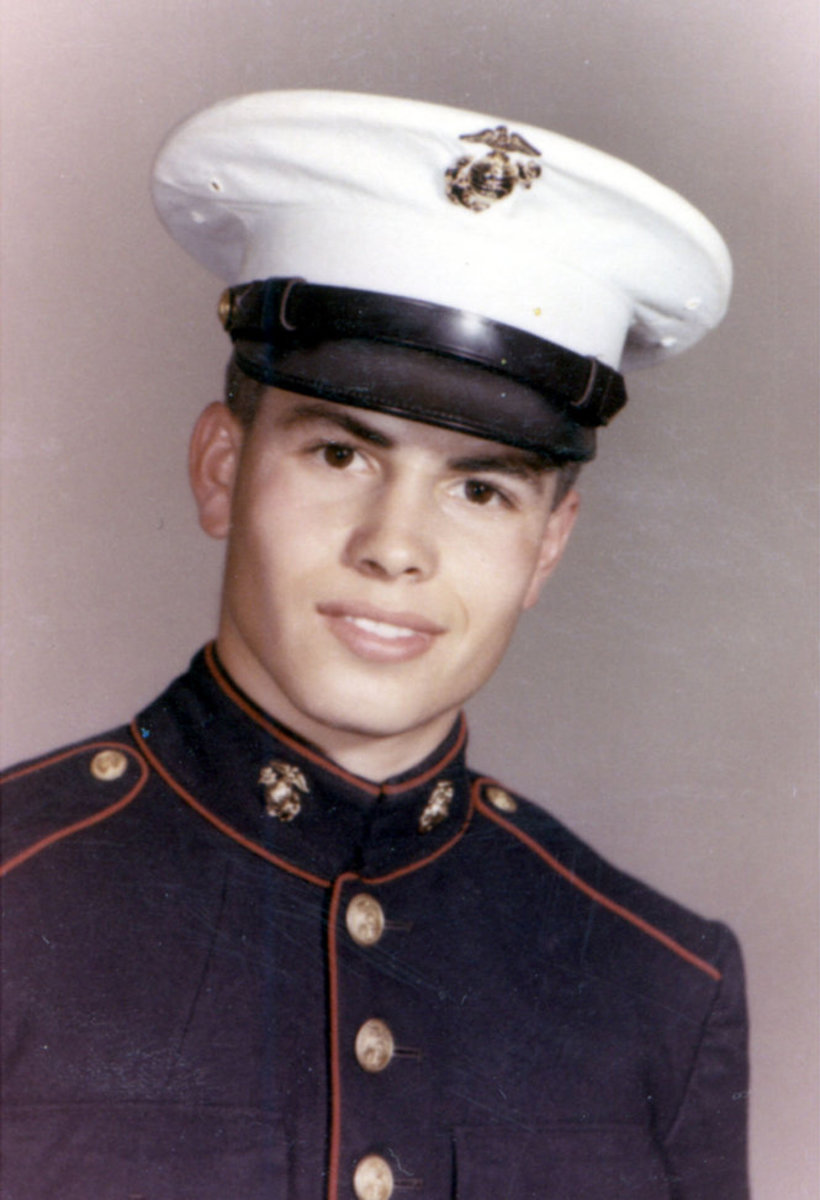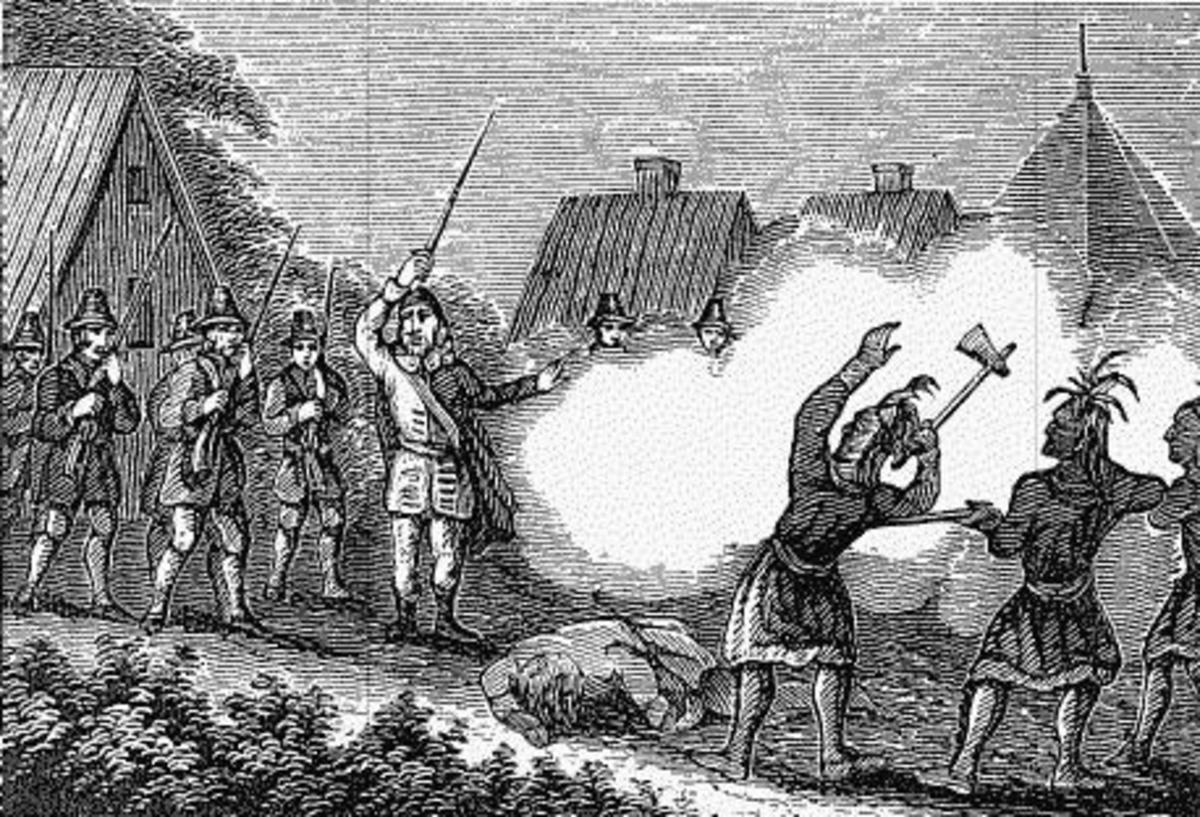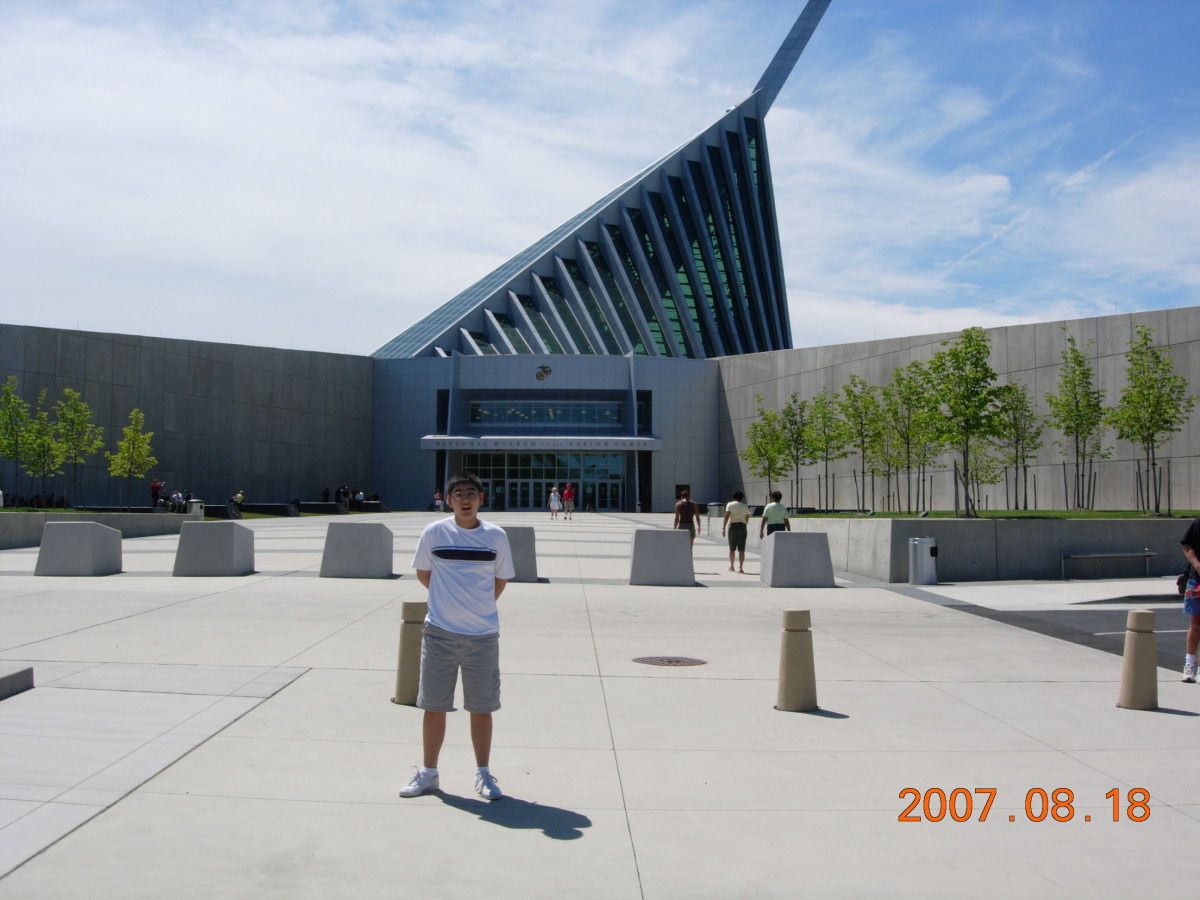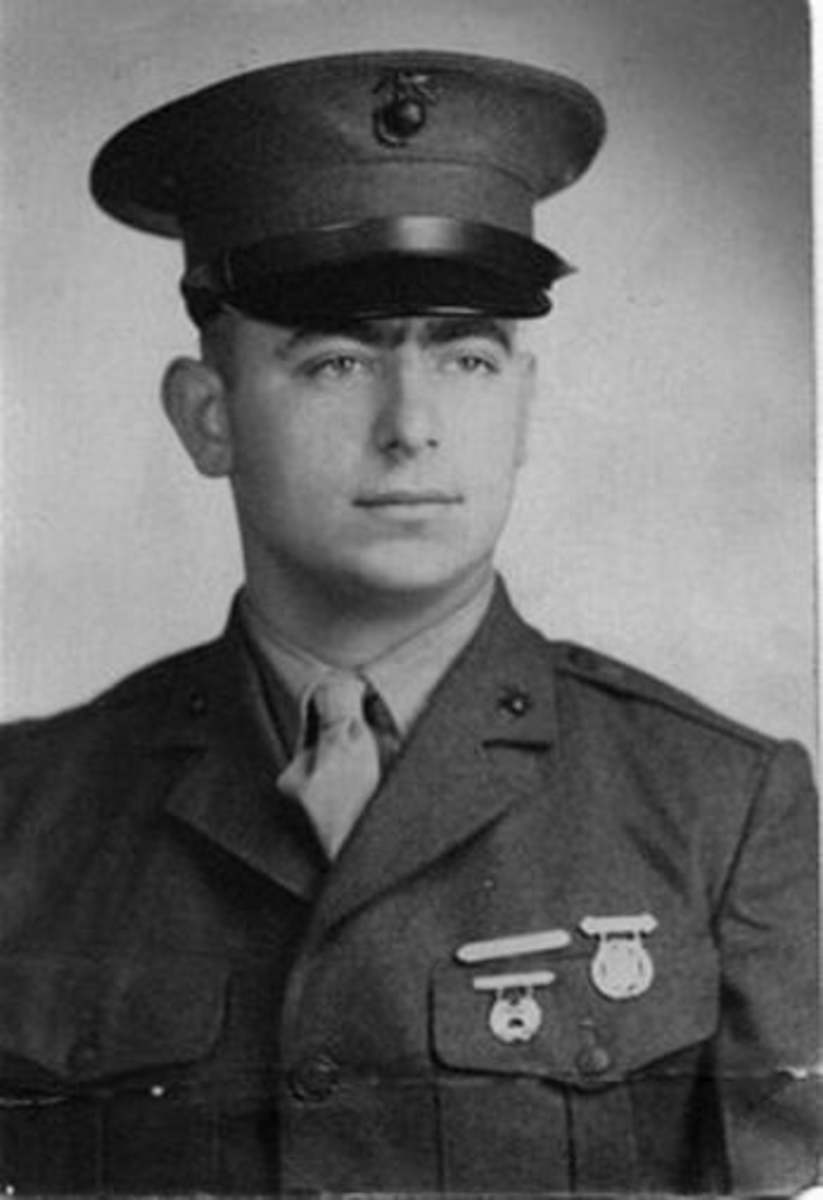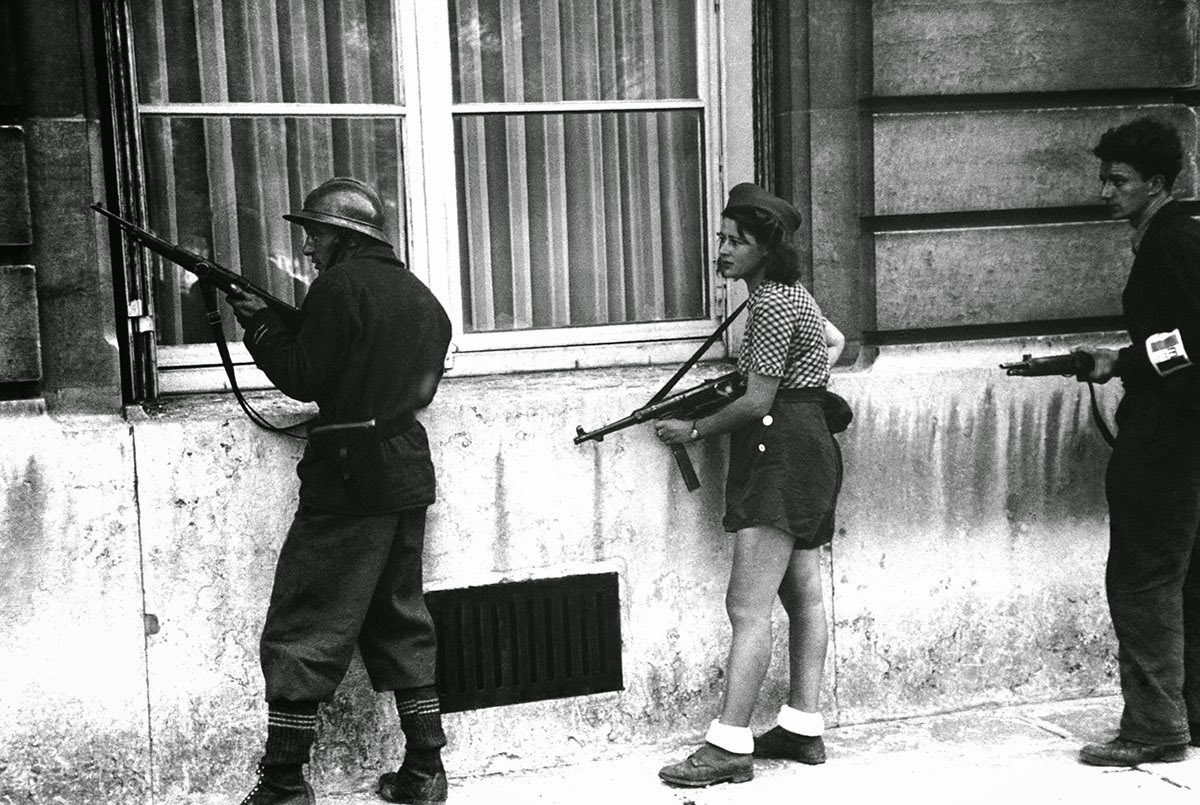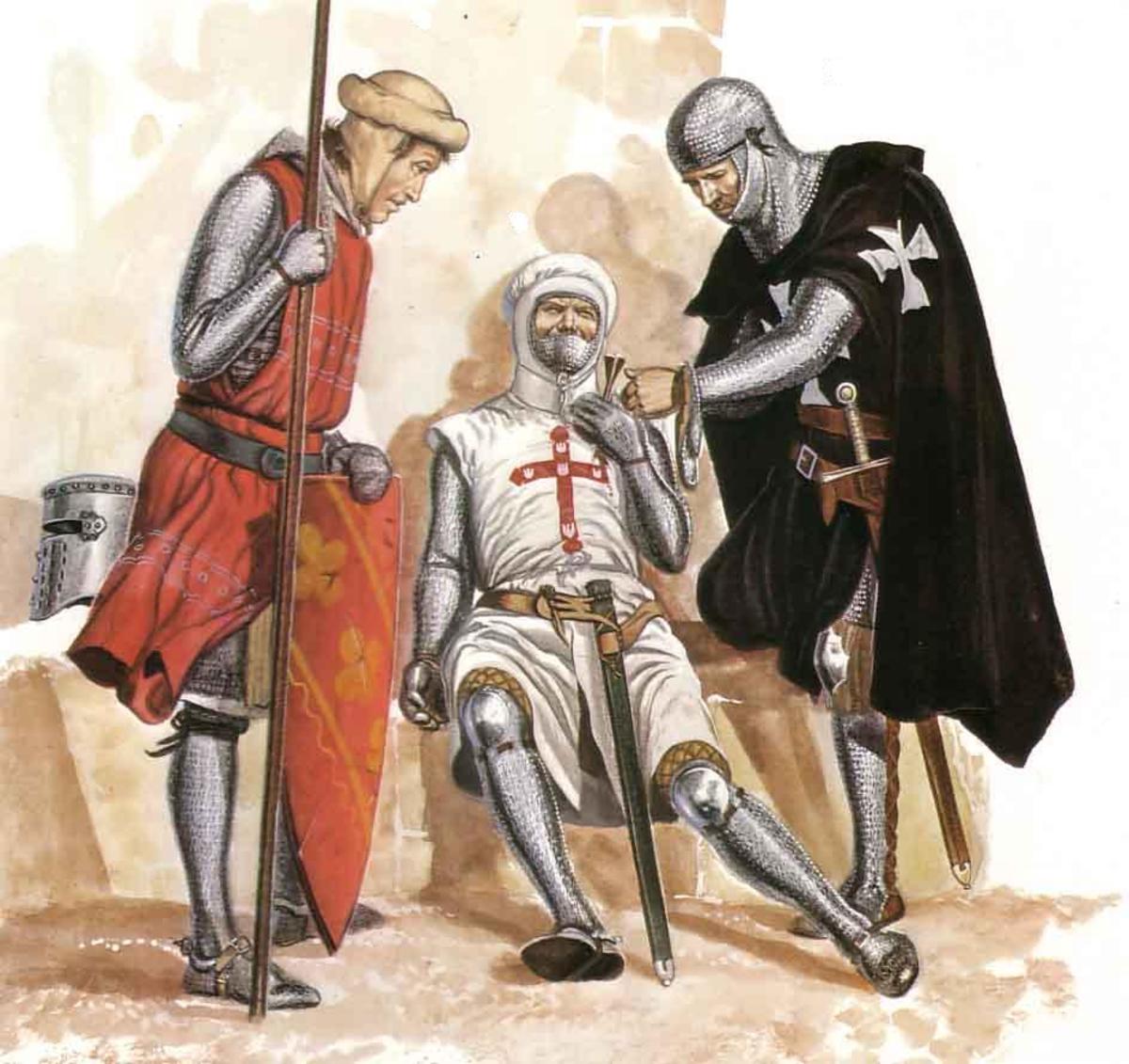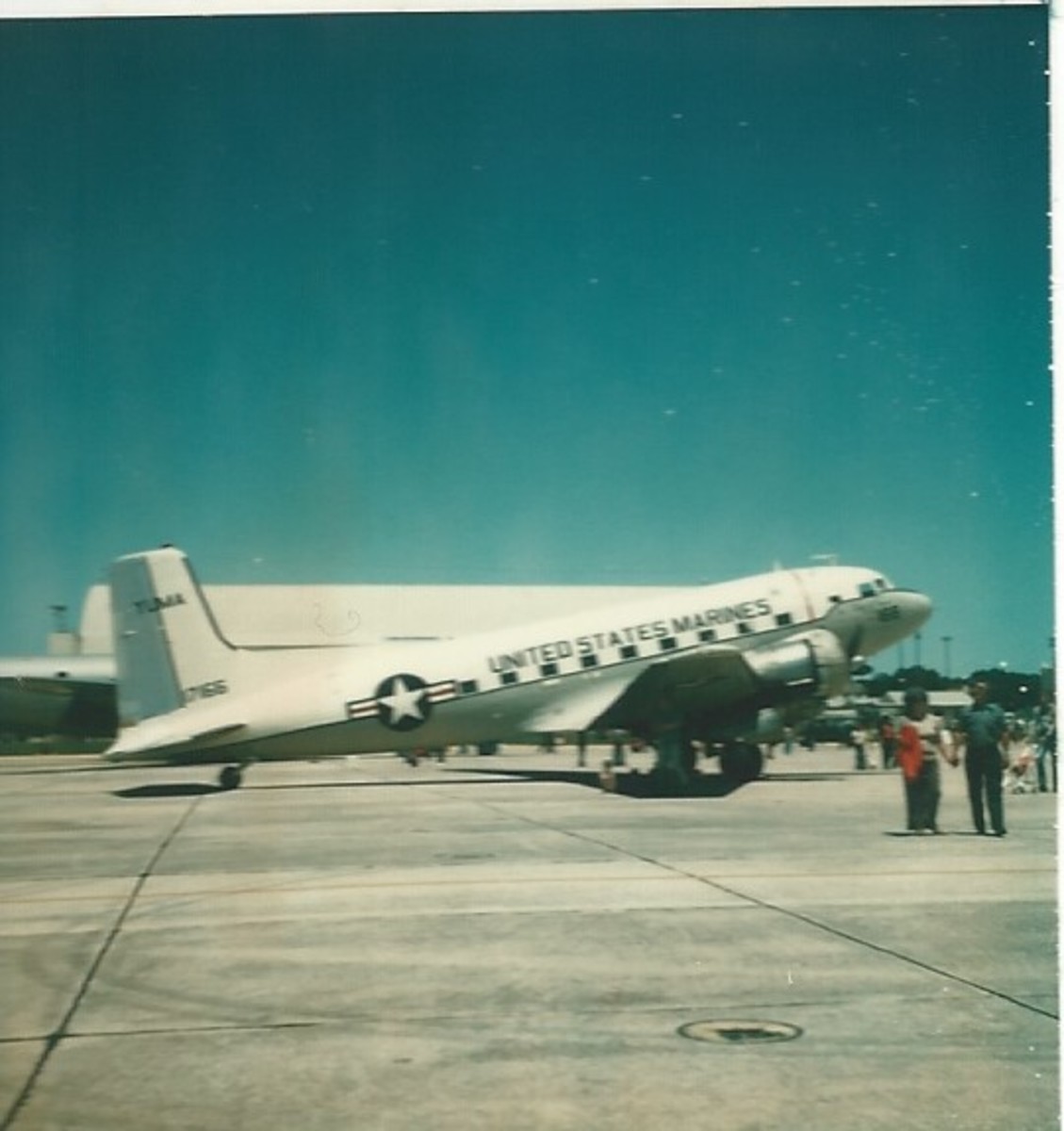TELL IT TO THE MARINES: July 13th In U.S. Marine Corps History
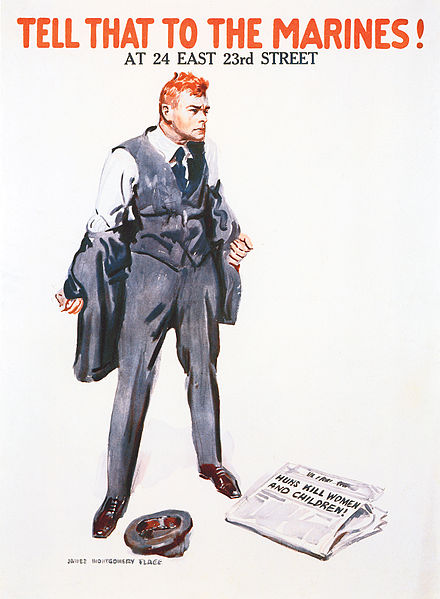
Today's Marine is the descendant of a proud line of warriors dating back to the founding of the Continental Marines by the Continental Congress on the 10th of November, 1775. Their slogans of "First to Fight" and "The Few, The Proud, The Marines" give credit to their history and traditions. These traditions have been passed along from generation to generation from seasoned veterans to the newcomers. "The Marine Hymn" is the oldest official song within the U.S. Armed Forces. Every item on U.S. Marine Corps dress and services uniforms have a historical and traditional significance. Preparedness is their heritage.
This is a snapshot of the Corps' history which focuses on the events of the 13th of July. In addition to the events, background material and photographs are included to give a look at the bigger picture and location of occurrence. "Tell it to the Marines"...
.
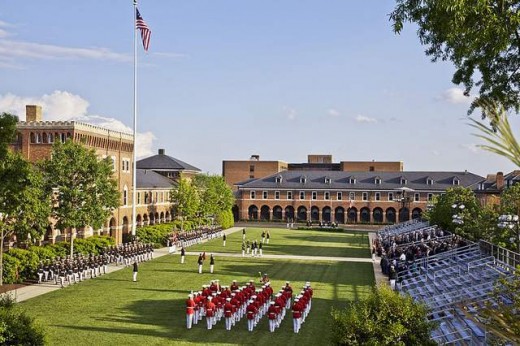
1815 - ORGANIZATION
Marine Corps forces total approximately 700 Marines and officers. The Marines at the time had only one installation; Marine Barracks 8th & I. "The Oldest Post in the Corps" received its name from its location; it sits on the corner of of 8th & I Streets in southeast Washington, D.C.
.

1854 - NICARAGUA
In a reprisal on an attack of American consular officials, the Marine Detachment and sailors from the USS Cyane land at San Juan del Norte. The landing party raided a local armory seizing weapons and gunpowder, then set the remaining stores ablaze. As a result of the raid and a naval bombardment by the Cyane, the town was completely destroyed.
1863 - ASSISTANCE TO CIVIL AUTHORITY
An ad hoc naval brigade is formed in the Brooklyn Navy Yard in order to assist local and state authorities restore order during anti-draft riots in New York City. The 200-Marine naval yard guard force is included in the brigade and was sent to guard government and private property as well as put down local riots. The Marines were recalled by the navy yard commander on 15 July to guard it from rioters.
RIOTS OF 1863
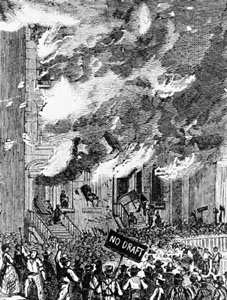
THE NEW YORK CITY DRAFT
Rioting broke out during the second lottery drawing of the new military draft. Many working-class men, particularly poor ethnic Irishmen, were enraged that; wealthier citizens could pay their way out of the draft, the draft exempted blacks, and although draft-worthy they were not considered worthy to receive U.S. citizenship.
The riots lasted for 4 days and resulted in 120 deaths, including the lynching of 12 black men in Manhattan. Fifty buildings were destroyed and many others damaged or looted.
Outside of the Civil War, it was the largest insurrection in United States history.
The riot was subdued when approximately 5,000 Federal troops, who had been conducting post-battle operations in Gettysburg, PA, arrived in New York to bolster the New York State National Guard's and New York City Police Department's riot control activities.
.

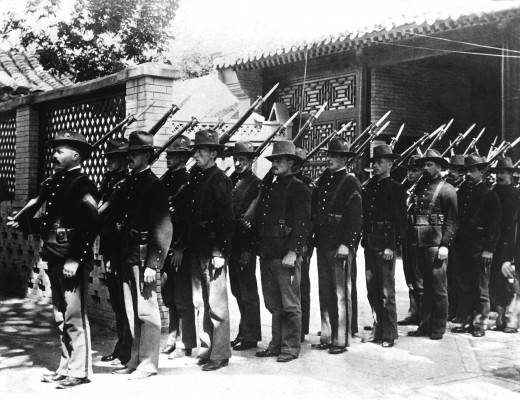
1900 - BOXER REBELLION
An allied force of 5,500 troops attacked and seized the old, walled, Boxer-controlled section of Tientsin, China. The allied force was comprised of American, British and Russian marines and soldiers.
The American brigade was commanded by Colonel Robert L. Meade, USMC. U.S. forces included the 1st Marine Regiment, a Marine artillery battery and two battalions of the U.S. Army's 9th Infantry Regiment.
Four Marines; Private James Cooney, Sergeant Alexander Foley, Private Clarence Mathias, and Sergeant Clarence Sutton, received Congressional Medals of Honor for their actions during battle. Their citations read as follows:
In the presence of the enemy during the battle near Tientsin, China, 13 July 1900, Cooney distinguished himself by meritorious conduct.
In the presence of the enemy in the battle near Tientsin, China, July 13, 1900, Foley distinguished himself by meritorious conduct.
In the presence of the enemy during the advance on Tientsin, China, 13 July 1900, Mathias distinguished himself by meritorious conduct.
In action during the battle near Tientsin, China, 13 July 1900. Although under heavy fire from the enemy, Sutton assisted in carrying a wounded officer from the field of battle.
.
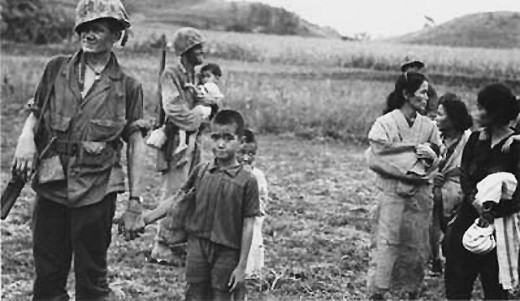
1944 - WORLD WAR II
The 3rd Battalion, 6th Marines conduct a shore-to-shore amphibious assault from Saipan to Maniagassa Island, seizing the later. As Saipan proper had been secured 4 days earlier, this action concluded the Battle for Saipan. Marine casualties during the battle included over 3,000 killed and more than 8,500 wounded. Nearly all of the 30,000 Japanese defenders were killed during the battle.
Devastated by the loss of Saipan, the cabinet of the Tojo regime leaves office in Japan.
The 2nd and 4th Marine Divisions, who were the principal U.S. participant in the battle, begin preparations for their next operation; the assault on Tinian. D-Day for the Tinian assault was 24 July 1944.
1959 - TRAINING
The 1st Reconnaissance Battalion begins a 175 mile foot march from Death Valley, CA to Mount Whitney, CA. At 282 feet below sea level, Death Valley is the lowest point in the contiguous United States while Mount Whitney is the highest point at 14,505 feet.
More on the U.S. Marine Corps
